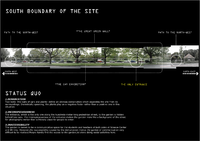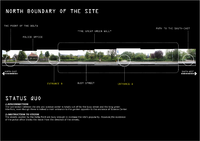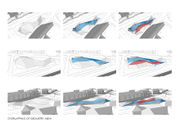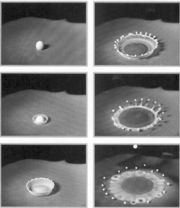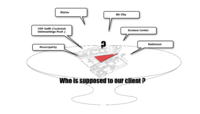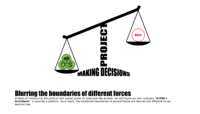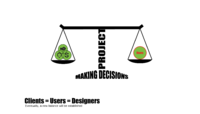atom07:Research
Contents |
Site Qualities
On the inside the park has some good quality's. It has diverse vegetation, a nice view of open space and surrounding buildings and a good solar entrance. However, the most disruptive influences are sound, poor maintenance and the empty feeling.
(we should put pictures here)
Additional Information on Site Qualities
GPRS tracking devices mapped three different activities on the site.
Input > Output Actors <
As a result of input from different actors on site,an active loop of information exchange and interactivity between building and actors will be generated in the design strategy - creating additional programmes
Client
Funding will be provided by Venture Capitalist wanting to invest in new and exciting projects. This will cover the initial start up capital needed for the project. Maintenance costs will be covered by income when the site is used for large functions by companies or individual who want to use the site as an exhibition space.
Following diagrams illustrate a process of exploring the definition of a client and the reason why we make relevant decisions.
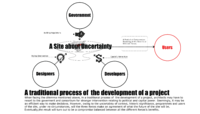
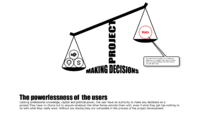
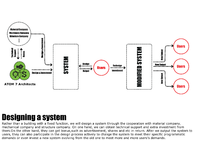
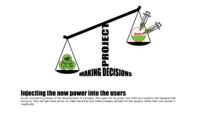
Experts
Specialist will aid the design and construction process. We have identified 4 fields of specialization:
TU Delft Landscaping Department - Will assist in how to create a flourishing space &(Susanna Komossa - Public realm)
Gallery Owner - In de Kunst (Tijn Noordenbos), & additional individual artist
Ergonomics of Structure - Industrial Designer, Andre Taris
Hardware- Construction and fabrication methods
Software- Grasshopper + Rhino Support ; Roxana Palfi (still to confirm) ; Arduino + Firefly : Online Forums
Business Strategies- Yes Delft, Delft Design
Experiment
In this experiment we tried to see the interaction between an element and user. In the Orange Lecture hall we made several set ups which the users were able to adapt to the experiment to suite their demands.
The different set ups we tried were:
- The open set up like it always is. People can only sit next to each other.
- A diverse set up with different ways to group the benches, the different distances between the opposing benches were tested here. Testing intimate space.
- A complete random set up with all elements spread through the area.
- An obstructive set up, here people are not provided with a logical seating place.
- An uncomfortable set up, we only used the wooden blocks and moved the chairs to the side.
conclusions:
- People are willing to make a bigger effort to have a comfortable seat.
- It is nice to have a diverse arangement of spaces, caters for larger user group.
- People will sit close to their point of interest (lecture, other person, nearest bench on approach, etc).
- People will adapt their use to the given situation.
- People only change elements when it necessary.
- When a object seems heavy or when people feel exposed or embarrassed, they give up early in trying to adapt the seating arrangement.
Readings
Christopher Alexander, Pattern Language
http://en.wikipedia.org/wiki/Pattern_language
Tchumi vs. OMA
http://architecturalassociation.ie/pdf/BM_13.pdf#page=53
Urban Landscapes
http://www.rali.boku.ac.at/fileadmin/_/H85/H852/X_LArch_3_2009_090531_xlarch_all.pdf#page=132
